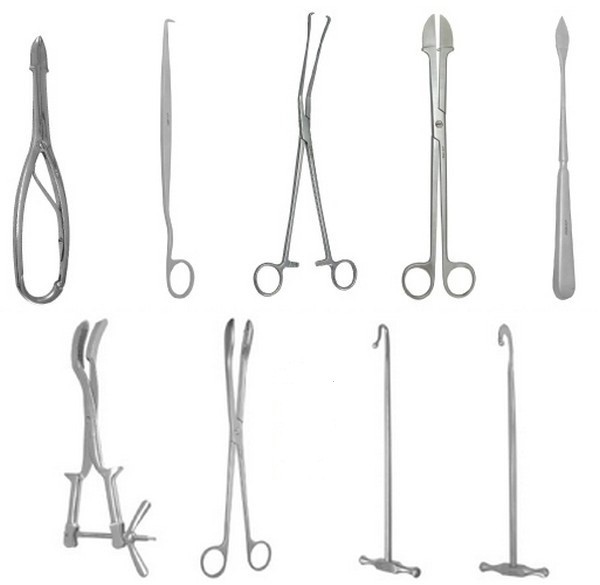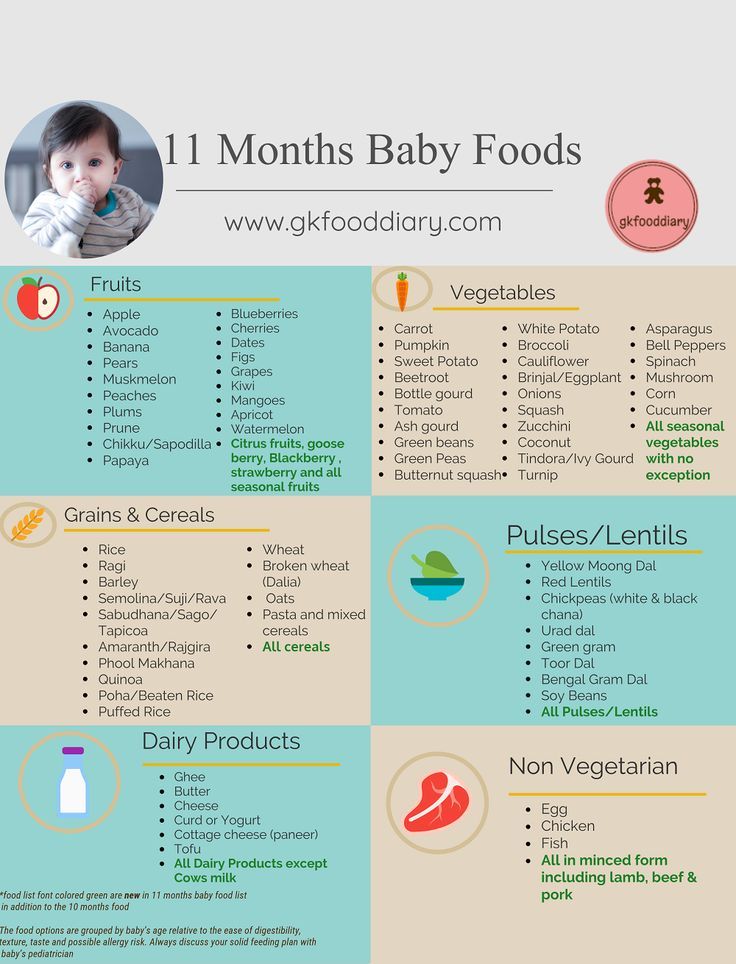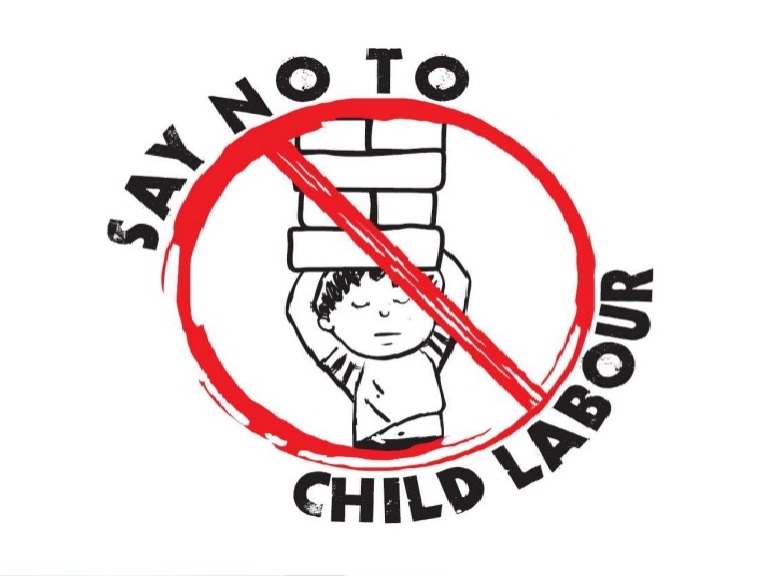Baby intolerance to milk
What should I do if I think my baby is allergic or intolerant to cows' milk?
If you think your baby is having a reaction to cows' milk, see your GP to discuss your concerns.
They will be able to assess if your baby's symptoms may be caused by a cows' milk allergy or something else. Make sure you get medical advice before taking cows' milk out of your child's diet as it contains important nutrients.
Cows' milk allergy in babies
Cows' milk allergy (CMA), also called cows' milk protein allergy, is one of the most common childhood food allergies. It is estimated to affect around 7% of babies under 1, though most children grow out of it by the age of 5.
CMA typically develops when cows' milk is first introduced into your baby's diet either in formula or when your baby starts eating solids.
More rarely, it can affect babies who are exclusively breastfed because of cows' milk from the mother's diet passing to the baby through breast milk.
There are 2 main types of CMA:
- immediate CMA – where symptoms typically begin within minutes of having cows' milk
- delayed CMA – where symptoms typically begin several hours, or even days, after having cows' milk
Symptoms of cows' milk allergy
Cows' milk allergy can cause a wide range of symptoms, including:
- skin reactions – such as a red itchy rash or swelling of the lips, face and around the eyes
- digestive problems – such as stomach ache, vomiting, colic, diarrhoea or constipation
- hay fever-like symptoms – such as a runny or blocked nose
- eczema that does not improve with treatment
Occasionally CMA can cause severe allergic symptoms that come on suddenly, such as swelling in the mouth or throat, wheezing, cough, shortness of breath, and difficult, noisy breathing.
A severe allergic reaction, or anaphylaxis, is a medical emergency – call 999 or go immediately to your local hospital A&E department.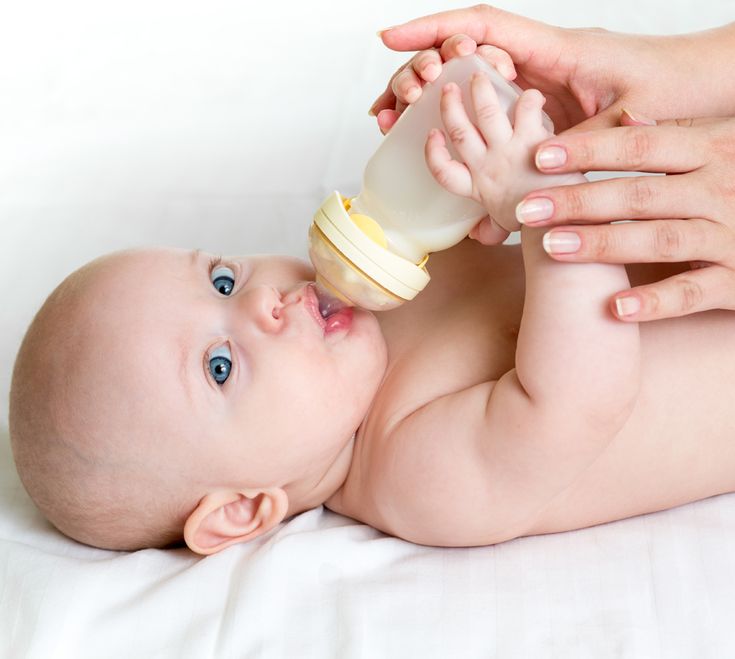
Treatment for CMA
If your baby is diagnosed with CMA, you'll be offered advice by your GP or an allergy specialist on how to manage their allergy. You may also be referred to a dietitian.
Treatment involves removing all cows' milk from your child's diet for a period of time.
If your baby is formula-fed, your GP can prescribe special infant formula.
Do not give your child any other type of milk without first getting medical advice.
If your baby is exclusively breastfed, the mother will be advised to avoid all cows' milk products.
Your child should be assessed every 6 to 12 months to see if they have grown out of their allergy.
Read more about cows' milk allergy.
Could it be lactose intolerance?
Lactose intolerance is another type of reaction to milk, when the body cannot digest lactose, a natural sugar found in milk. However, this is not an allergy.
Lactose intolerance can be temporary – for example, it can come on for a few days or weeks after a tummy bug.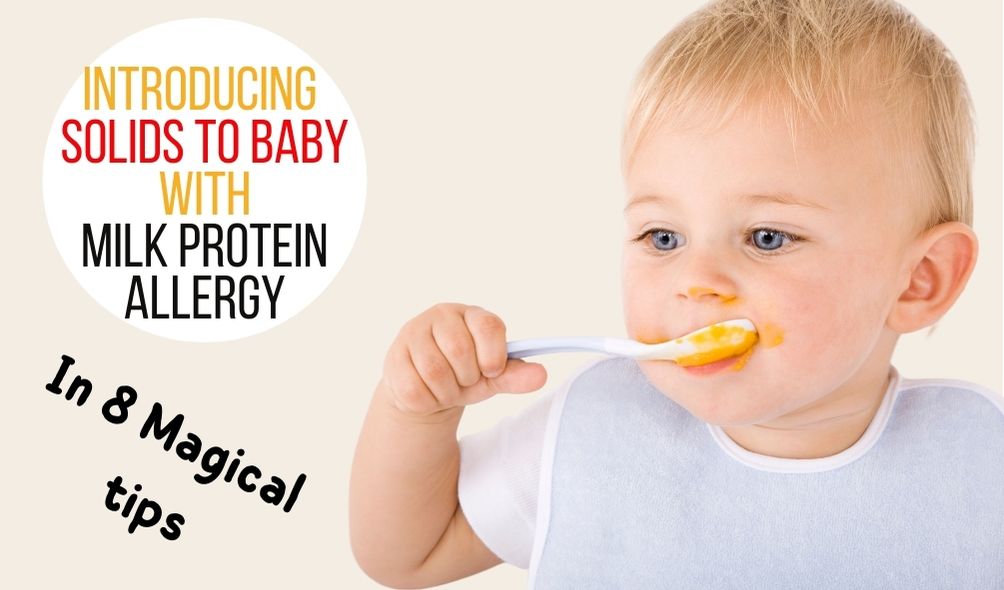
Symptoms of lactose intolerance include:
- diarrhoea
- vomiting
- stomach rumbling and pains
- wind
Treatment for lactose intolerance
Treatment depends on the extent of your child's intolerance. Some children with lactose intolerance may be able to have small amounts of dairy products without having symptoms.
Your child may be referred to a dietitian for specialist advice.
Read more about treatment for lactose intolerance in children.
Further information:
- Colic
- Food allergies in babies and children
- Reflux in babies
- How can I tell if my baby is seriously ill?
- When should I start giving my baby solids?
- National Institute for Health and Care Excellence (NICE): food allergy in children
Page last reviewed: 12 July 2019
Next review due: 12 July 2022
Milk intolerance in babies and children
Milk intolerance in babies and children | Pregnancy Birth and Baby beginning of content6-minute read
Listen
Some babies and children have a reaction when they drink cow's milk or formula made from cow's milk.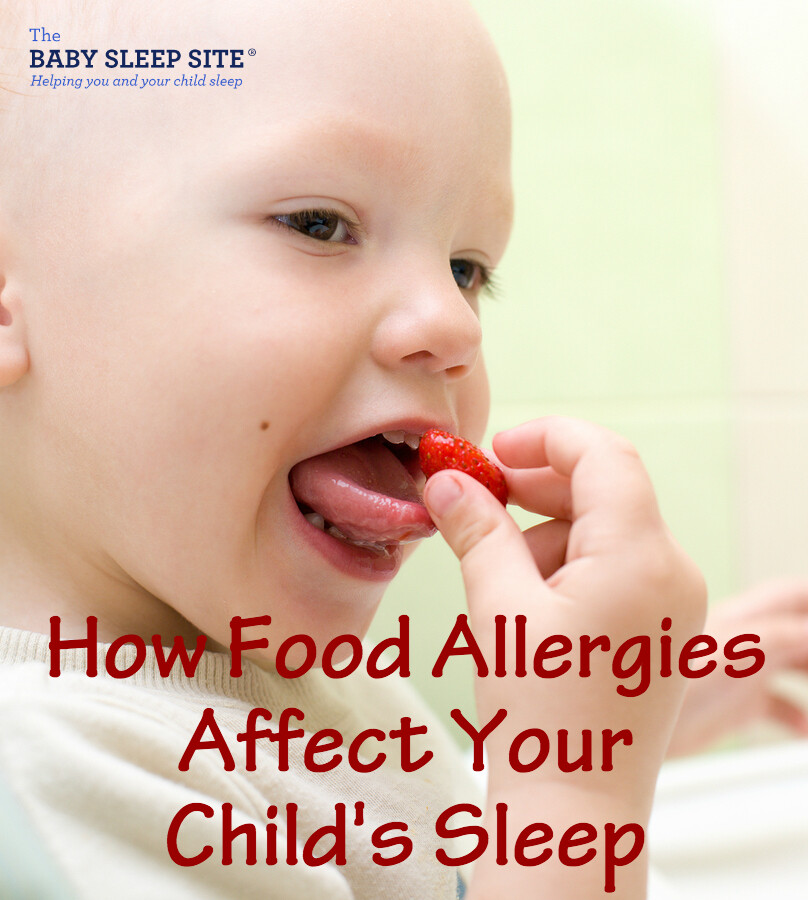 This could be due to 2 things: a lactose intolerance or an allergy to milk. If your child has one of these conditions, you will have to alter their diet to cut down on milk or avoid it altogether.
This could be due to 2 things: a lactose intolerance or an allergy to milk. If your child has one of these conditions, you will have to alter their diet to cut down on milk or avoid it altogether.
Call triple zero (000) for an ambulance if your child has the following symptoms. They could be having a severe allergic reaction and will need urgent medical attention.
- wheezing or difficulty breathing
- a swollen tongue
- vomiting
- they are pale and floppy or unconscious
What is milk intolerance and milk allergy?
Around 1 in 10 young children has a reaction when they drink cow's milk. This could be because they have a lactose intolerance or a milk allergy. Milk allergy is much more common than lactose intolerance in children under 5.
Lactose intolerance is a problem with the digestive system – it means your child doesn't have the enzyme needed to digest lactose, which is the sugar in milk.
Milk allergy, however, is a problem with the immune system — the body reacts to the protein in milk.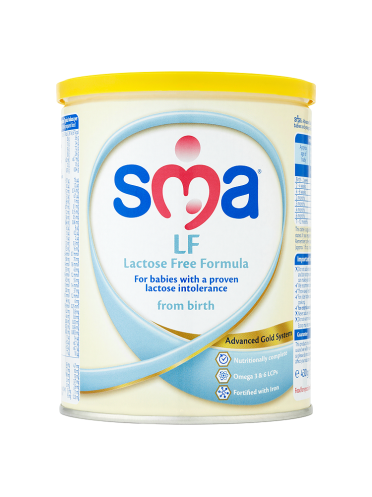 An allergy usually involves other parts of the body as well as the stomach, and may cause symptoms such as a skin rash or swelling of the face.
An allergy usually involves other parts of the body as well as the stomach, and may cause symptoms such as a skin rash or swelling of the face.
Your doctor can confirm whether your child is lactose-intolerant or has a milk allergy by doing some medical tests. Don't use unproven tests such as Vega, kinesiology, Alcat or allergy elimination tests for children. A milk intolerance is very unlikely to be the cause of mucus or coughing.
Many young children grow out of their intolerance or allergy. But don't start giving them cow's milk until your doctor tells you it's safe to do so.
Lactose intolerance
Causes
Lactose is the sugar found in the milk produced by all mammals, including humans. Sometimes people don't produce enough of the enzyme lactase in their gut to break down the lactose.
Very few babies have true lactose intolerance, a rare genetic condition where they're born without any lactase enzymes at all. (This is called primary lactose intolerance). However, many people develop lactose intolerance later in life, after the age of 5. It is more common in Aboriginal Australians and people from Asia, Africa, the Middle East and some Mediterranean countries.
However, many people develop lactose intolerance later in life, after the age of 5. It is more common in Aboriginal Australians and people from Asia, Africa, the Middle East and some Mediterranean countries.
Babies and young children can become intolerant to milk if the lining of their gut is damaged by an illness such as gastroenteritis, or an allergy or intolerance to another food. This is called secondary lactose intolerance and will go away once the gut heals, usually over a few months.
Symptoms and diagnosis
The symptoms of lactose intolerance in babies and children are:
- liquid, sometimes green, frothy stools
- being irritable
- stomach aches
- bloating
- passing a lot of gas
- not putting on weight
- nappy rash
All of these symptoms are common in babies and don't necessarily mean they have lactose intolerance. But if your child has diarrhoea and isn't putting on weight, see your doctor. Don't stop breastfeeding unless your doctor tells you to.
Tests include a breath test to measure the hydrogen in your child's breath, or cutting out dairy to see if their symptoms improve. This is known as an elimination diet.
Treatment
If the lactose intolerance is caused by a tummy upset, keep on breastfeeding. If your baby is formula fed, talk to your doctor or child and family health nurse before switching to low-lactose or lactose-free formula.
Older children will need to cut down on, but not eliminate, dairy foods from their diet. They can still have some cheeses, yogurt, calcium-fortified soy products, lactose-free milk, butter and cream. Your doctor or a dietitian will advise you on the best diet for your child.
Cow's milk allergy
Cow's milk allergy is one of the most common food allergies in young children. It usually disappears by the time they reach school age. It occurs when your child's immune system reacts to the protein in milk.
Symptoms and diagnosis
Reactions to milk can occur within minutes or not for several days.
Rapid reactions include:
- hives (urticaria)
- swelling of the lips, face or eyes
- stomach pain
- vomiting
- diarrhoea
- noisy breathing or wheezing
- a swollen tongue
- a swollen or tight throat
- a hoarse voice
- change in consciousness or floppiness in babies or young children
Delayed reactions include:
- an increase in eczema
- blood or mucus in stools
- vomiting and/or diarrhoea 2-24 hours after having milk
It is very important to see a doctor if your child has the symptoms of milk allergy. The condition is diagnosed using the history of symptoms or can sometimes be confirmed with an allergy test.
Treatment
If your child is allergic to milk, you need to completely remove dairy products from their diet. Follow your doctor's or allergy specialist's advice and read food labels carefully. You may also need to avoid milk from other animals, such as goats, as well as coconut milk products.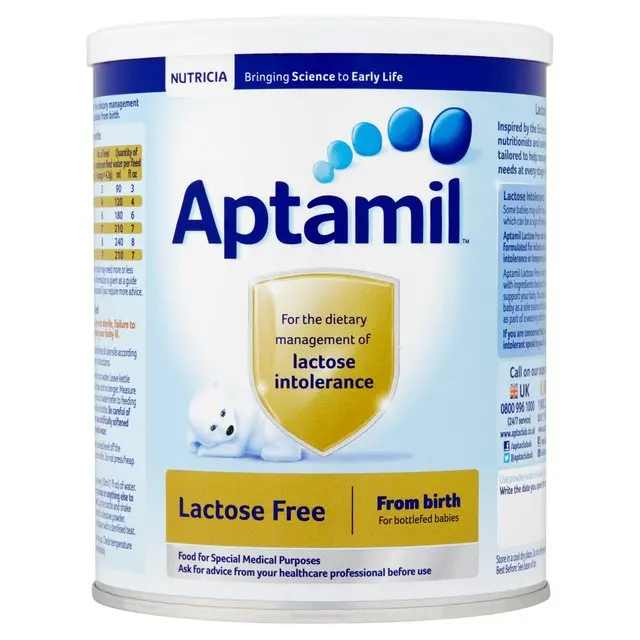 Watch out for other words used to describe milk on food labels, such as butter, buttermilk, cream, curd, ghee, milk, cheese, dairy, milk solids, whey, yoghurt, casein and caseinates.
Watch out for other words used to describe milk on food labels, such as butter, buttermilk, cream, curd, ghee, milk, cheese, dairy, milk solids, whey, yoghurt, casein and caseinates.
If your baby is formula-fed, you can use soy protein formula (unless they are also allergic to soy), extensively hydrolysed formula (EHF) or amino acid-based formula (AAF). Do not use formula made from cow's milk, goat's milk, sheep milk, HA, A2 milk or lactose-free.
If your child is over the age of one, they can be given soy milk, calcium-enriched rice, and oat or nut milks. It is important to make sure they are getting enough calcium.
You may be advised to carry an Epipen adrenaline autoinjector if your child is allergic to milk. Severe allergic reactions can sometimes lead to anaphylaxis, which is serious and can even be fatal. An adrenaline autoinjector can be used to give first aid in the event of anaphylaxis.
Breastfeeding a baby who can't tolerate milk
If your baby is lactose-intolerant, you don't need to change your diet. It doesn't matter how much dairy you consume, the amount of lactose in your milk will be the same.
It doesn't matter how much dairy you consume, the amount of lactose in your milk will be the same.
However, if your baby is diagnosed with milk allergy, you will need to remove all dairy from your own diet too. You will need calcium and vitamin D supplements every day. Your doctor or allergy specialist will advise you.
Where to seek more help
Don't try to deal with milk intolerance yourself. You can get help from:
- your doctor
- Pregnancy, Birth and Baby on 1800 882 436
- Australasian Society of Clinical Immunology and Allergy
- Australian Breastfeeding Association on 1800 686 268
Sources:
Australasian Society of Clinical Immunology and Allergy (Cow's milk (dairy) allergy), Australasian Society of Clinical Immunology and Allergy (Infant Feeding and Allergy Prevention Clinical Update), Australian Breastfeeding Association (Lactose intolerance and the breastfed baby), Raising Children Network Australia (Lactose intolerance: babies, children and teenagers), Royal Children’s Hospital (Allergy and Immunology), Sydney Children’s Hospitals Network (Allergy - Milk allergy and milk-free diet)Learn more here about the development and quality assurance of healthdirect content.
Last reviewed: July 2020
Back To Top
Related pages
- Reactions to food
- How to introduce allergy foods
- Airborne allergies
Need more information?
Lactose intolerance and the breastfed baby | Australian Breastfeeding Association
Lactose intolerance is poorly understood in the Australian community. There are lots of myths and misunderstandings about it, especially when it comes to babies. Primary (or true) lactose intolerance is an extremely rare genetic condition and lactose intolerance is very different to intolerance or allergy to cows' milk protein. This article explains the differences between lactose intolerance and other conditions such as food allergies and lactose overload and dispels some of the myths about lactose intolerance in babies.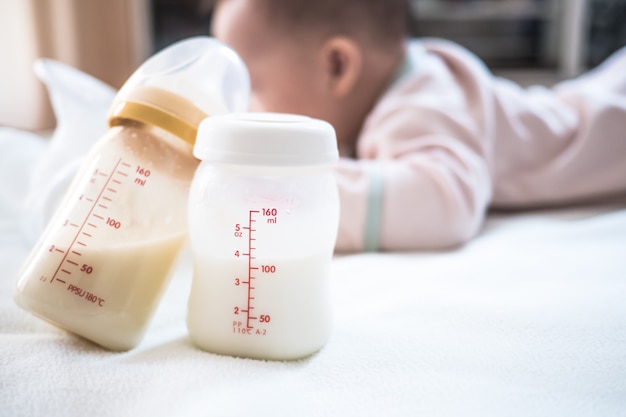
Read more on Australian Breastfeeding Association website
Healthy eating for kids
Encourage healthy eating habits for kids by shopping healthy and planning meals to minimise temper tantrums at the dinner table and keep fussy eaters happy.
Read more on Pregnancy, Birth & Baby website
Lactose intolerance - MyDr.com.au
Lactase deficient people do not have enough lactase, the enzyme that helps break down lactose and they suffer from lactose intolerance. The main symptoms of lactose intolerance are bloating and wind.
Read more on myDr website
Lactose intolerance - Better Health Channel
Symptoms of lactose intolerance include bloating, gas, abdominal pain and diarrhoea.
Read more on Better Health Channel website
ASCIA Guide for Milk Substitutes in Cow’s Milk Allergy - Australasian Society of Clinical Immunology and Allergy (ASCIA)
Guide for Milk Substitutes in Cow’s Milk Allergy
Read more on ASCIA – Australasian Society of Clinical Immunology and Allergy website
Allergy - Cow's milk allergy and milk free diet | Sydney Children's Hospitals Network
How common is cow’s milk allergy? Cow’s milk allergy is one of the most common food allergies in childhood affecting about 1-2% of preschool children
Read more on Sydney Children's Hospitals Network website
Cow's milk (dairy) allergy | Dietitians Australia
Cow's milk allergy is common in babies and children, and symptoms can range from mild to severe.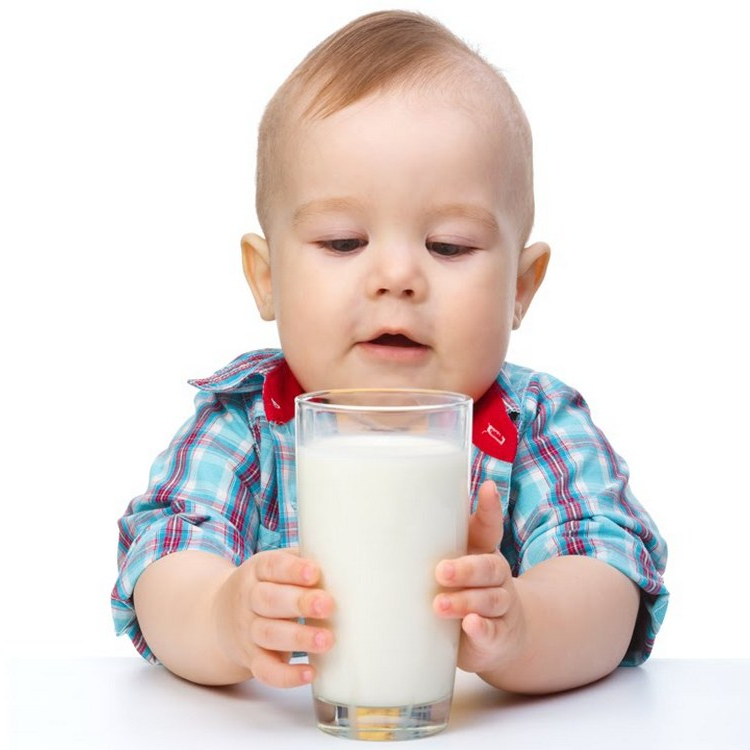 Avoiding cow's milk and other dairy-containing foods is the only effective way to manage a cow's milk allergy, but it's important to seek specialist advice.
Avoiding cow's milk and other dairy-containing foods is the only effective way to manage a cow's milk allergy, but it's important to seek specialist advice.
Read more on Dietitians Australia website
Cow’s milk allergy - Better Health Channel
Milk allergy symptoms range from mild to a life-threatening severe allergic reaction. Avoid food containing milk only under strict medical supervision
Read more on Better Health Channel website
Food allergy versus food intolerance - MyDr.com.au
A food allergy is an immune response triggered by eating specific foods that cause certain well known symptoms to develop.
Read more on myDr website
Cow`s milk (dairy) allergy - Australasian Society of Clinical Immunology and Allergy (ASCIA)
Cow's milk is a common cause of food allergy in infants. In Australia and New Zealand around 2 per cent (1 in 50) infants are allergic to cow's milk and other dairy products. Although most children outgrow cow's milk allergy by the age of 3-5 years, in some people cow's milk allergy may not resolve.
In Australia and New Zealand around 2 per cent (1 in 50) infants are allergic to cow's milk and other dairy products. Although most children outgrow cow's milk allergy by the age of 3-5 years, in some people cow's milk allergy may not resolve.
Read more on ASCIA – Australasian Society of Clinical Immunology and Allergy website
Disclaimer
Pregnancy, Birth and Baby is not responsible for the content and advertising on the external website you are now entering.
OKNeed further advice or guidance from our maternal child health nurses?
1800 882 436
Video call
- Contact us
- About us
- A-Z topics
- Symptom Checker
- Service Finder
- Linking to us
- Information partners
- Terms of use
- Privacy
Pregnancy, Birth and Baby is funded by the Australian Government and operated by Healthdirect Australia.
Pregnancy, Birth and Baby is provided on behalf of the Department of Health
Pregnancy, Birth and Baby’s information and advice are developed and managed within a rigorous clinical governance framework. This website is certified by the Health On The Net (HON) foundation, the standard for trustworthy health information.
This site is protected by reCAPTCHA and the Google Privacy Policy and Terms of Service apply.
This information is for your general information and use only and is not intended to be used as medical advice and should not be used to diagnose, treat, cure or prevent any medical condition, nor should it be used for therapeutic purposes.
The information is not a substitute for independent professional advice and should not be used as an alternative to professional health care. If you have a particular medical problem, please consult a healthcare professional.
Except as permitted under the Copyright Act 1968, this publication or any part of it may not be reproduced, altered, adapted, stored and/or distributed in any form or by any means without the prior written permission of Healthdirect Australia.
Support this browser is being discontinued for Pregnancy, Birth and Baby
Support for this browser is being discontinued for this site
- Internet Explorer 11 and lower
We currently support Microsoft Edge, Chrome, Firefox and Safari. For more information, please visit the links below:
- Chrome by Google
- Firefox by Mozilla
- Microsoft Edge
- Safari by Apple
You are welcome to continue browsing this site with this browser. Some features, tools or interaction may not work correctly.
Causes and Solutions
When Should You See a Doctor?, Symptoms and Treatment
Many people do not tolerate one or another food, and sometimes even several. One of the most common types of these nutritional problems is lactose intolerance in children. This pathology occurs as a result of the fact that lactose (milk sugar) is not able to break down. Meanwhile, this nutrient is very important for babies under 3 years old. It is necessary for the absorption of trace elements and provides energy needs. In addition, it has a depressing effect on the development of pathogenic microorganisms, is a life-giving environment for the vital activity of lacto- and bifidobacteria.
Meanwhile, this nutrient is very important for babies under 3 years old. It is necessary for the absorption of trace elements and provides energy needs. In addition, it has a depressing effect on the development of pathogenic microorganisms, is a life-giving environment for the vital activity of lacto- and bifidobacteria.
Author : Ph.D. Zoryana Tomkiv
Lactose intolerance (lactase deficiency) is a pathological process in which dairy products are no longer digested. The problem arises in the first months of life, since the main product that the baby eats at this time is breast milk. With an increase in its consumed amount, the severity of clinical manifestations increases. This problem also occurs in adults.
Speaking about the inability to digest dairy products, it should be noted that the body may not tolerate cow's milk protein. However, in this case, we are no longer talking about lactose intolerance, but about an allergy to cow's milk protein.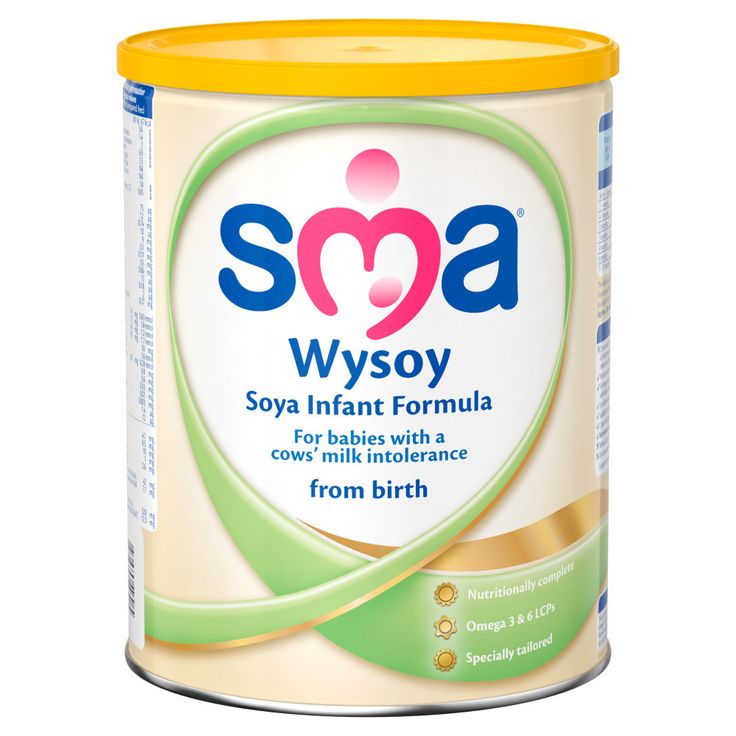
Why babies develop lactose intolerance
Our ability to digest milk sugar is directly dependent on the activity of the enzyme that is involved in this process ¾ lactase. It is he who breaks down lactose (milk sugar) in our small intestine into simpler carbohydrates, which are then absorbed into the bloodstream and used by the body.
Lactase first begins to form in the baby's body at 3-4 months of fetal development, and from 6 months it begins to become more active. Before childbirth, the activity of this enzyme increases dramatically, and its level at the birth of a baby becomes higher than in adults. Lactase remains highly active during the entire period of breastfeeding. A gradual decrease in its activity is observed already when the child switches to adult food, on average, at the age of 3-5 years and is a natural consequence of a change in the baby's diet.
If a baby is diagnosed with lactase deficiency, then it can be of two types: primary or secondary.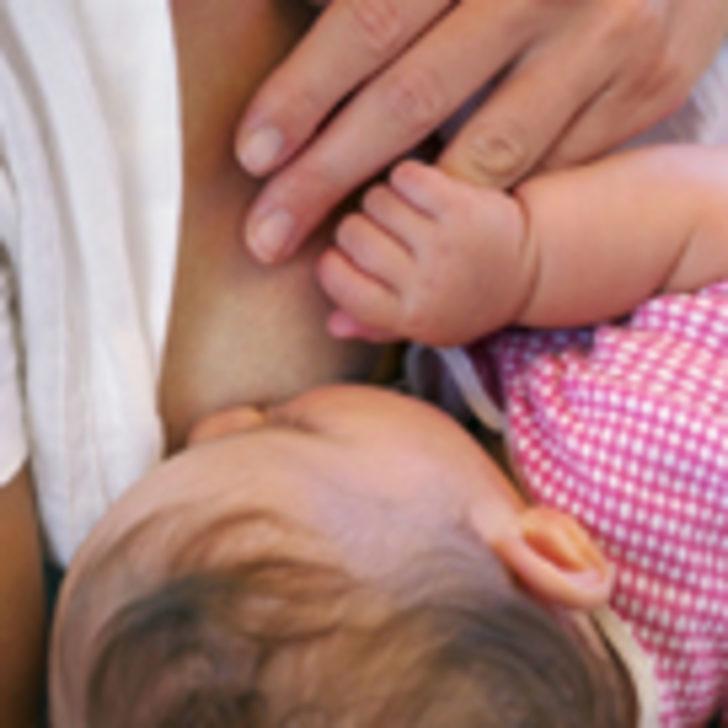
In turn, primary lactose intolerance, depending on the mechanisms of development, can be:
- congenital;
- constitutional;
- temporary (transient).
Congenital alactasia (lack of lactase) is characterized by the fact that there is no enzyme that breaks down lactose in the body at all, but such cases are very rare and have a genetic nature.
With constitutional lactase deficiency, a sufficient amount of lactase is secreted in the intestine, but its activity is reduced. As a rule, the activity of the enzyme begins to decrease after complementary foods are introduced, that is, it directly depends on the type of nutrition characteristic of the child during life. This type of lactose intolerance is common in older children as well as adults. It is associated with genetic predisposition and belonging to a particular ethnic group.
Insufficiently mature newborns, as well as in babies born prematurely, transient or temporary lactase deficiency may occur.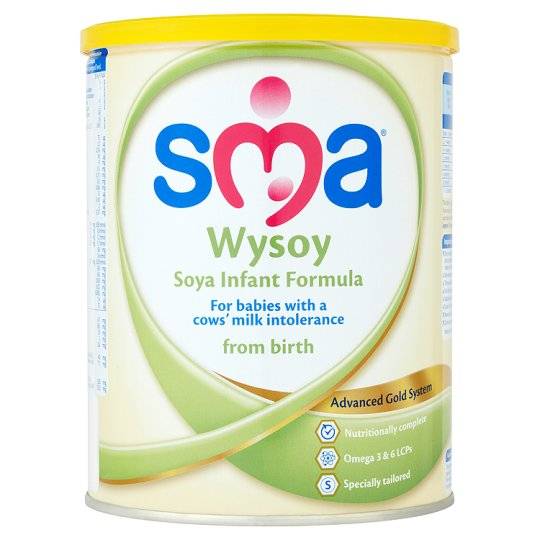 The reason for this phenomenon is that lactase has not yet become active enough by the time of birth to break down all the milk sugar that enters the baby's body with food.
The reason for this phenomenon is that lactase has not yet become active enough by the time of birth to break down all the milk sugar that enters the baby's body with food.
Secondary lactose intolerance in a child occurs against the background of some other pathology in which enterocytes (epithelial cells of the small intestine) are damaged. Often the functioning of these cells is disturbed by intestinal infections, allergies and other inflammatory diseases, as well as pathological processes in which atrophic changes occur in the small intestine. In this case, the secretion of lactase is disturbed, which provokes the development of insufficiency.
In any case, both with insufficient production of the lactase enzyme and with its low activity, undigested lactose from the small intestine passes into the large intestine, where it plays the role of a nutrient medium for intestinal flora microorganisms. The result of this is increased fermentation, gas formation and acidification of the intestinal contents.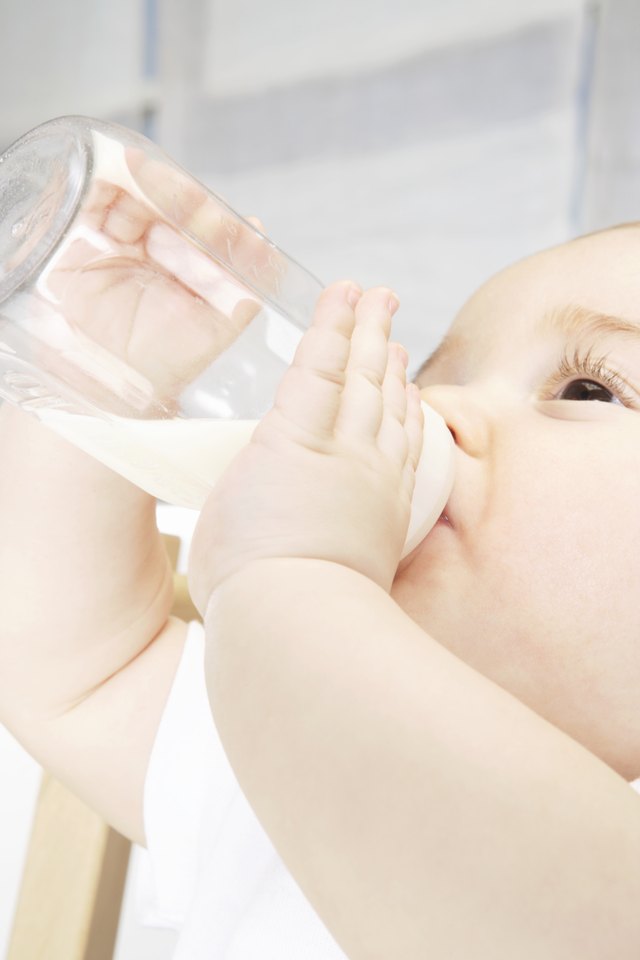
Symptoms
In order to understand that an infant is lactose intolerant, one must first pay attention to the specific manifestations of the disease.
Symptoms of lactase deficiency in infants are as follows:
- Stools are liquid, frothy, yellow. The chair can be frequent (8-10 times a day) and rare. Feces have a sour smell and look like yeast dough. When settling in a glass container, after some time it separates into 2 fractions - dense and liquid. This is important to consider when using diapers: the liquid part is absorbed, so you can miss this violation.
- Intestinal motility is enhanced.
- Baby is restless during and after feeding.
- There is bloating, intestinal colic, flatulence.
- Regurgitation occurs, vomiting is possible.
- The baby is not gaining weight well and may even lose it.
A child with this pathology does not suffer from appetite. Often he sucks greedily, but after a while he pulls his legs up to his stomach, starts crying and throws his breast. In the first weeks of life, the disease may be asymptomatic. Its manifestations intensify with an increase in the consumption of milk.
In the first weeks of life, the disease may be asymptomatic. Its manifestations intensify with an increase in the consumption of milk.
Older children - often after 5 years - the signs of lactose intolerance are less pronounced, since milk is no longer the dominant product in their diet. The intestinal microflora of the child gradually adapts to the intake of lactose, due to which the symptoms also decrease and can only appear after taking a large amount of milk.
How does lactose intolerance manifest itself in an infant if it has developed a secondary type? Clinical manifestations are supplemented by regurgitation, the presence of greens in the feces, mucus in large quantities, undigested lumps of food, and expressed anxiety. After feeding, rumbling is felt along the intestines.
Diagnosis of lactase deficiency in the newborn
The diagnosis of lactase deficiency is made after examination and observation of clinical signs in the infant and is confirmed by additional tests, which may include: The presence of carbohydrates in the stool is determined, as well as the pH of the feces (as a rule, with this pathology it is less than 5.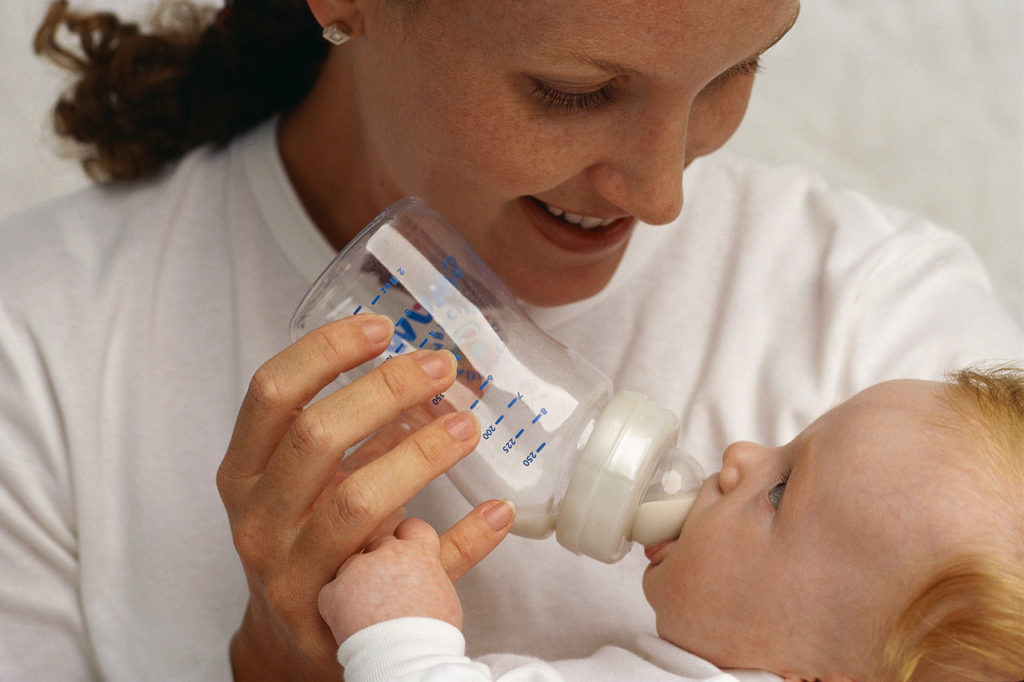 5). The test is carried out without delay on a fresh portion of stool with sufficient lactose intake.
5). The test is carried out without delay on a fresh portion of stool with sufficient lactose intake.
In certain cases, additional tests may be ordered to make a correct diagnosis.
In addition, the so-called elimination diet effect is important in diagnosing lactase deficiency in infants: that is, if the child is transferred to a lactose-free diet, the symptoms of the disease will decrease, and eventually disappear altogether.
Treatment of lactose intolerance in children
Lactose intolerance is tested before treatment is started in infants. With its positive result, the amount of lactose in the diet is reduced or, if possible, eliminated altogether. At the same time, other symptoms are corrected. This tactic works with primary lactase deficiency.
If secondary lactose intolerance is diagnosed in children, the disease that caused the condition must first be treated. The amount of lactose consumed is temporarily reduced. During the period of treatment of the primary disease, the damaged intestinal mucosa is restored, and the secretion of lactase is getting better.
The treatment of lactase deficiency is difficult in that the most effective method is the elimination of milk from the diet. As soon as this product is not in the diet, the condition returns to normal. This is a good option for older children, but not for babies who need it, because proper feeding helps the baby develop normally. When we talk about lactose intolerance, proper nutrition of the child is, literally, the key to successful treatment.
When we talk about lactose intolerance, proper nutrition of the child is, literally, the key to successful treatment.
For those babies who are fed mother's milk, reducing its amount is undesirable, so the missing enzyme is added directly to it. To do this, the doctor individually calculates the dose of lactase, before feeding it is pre-diluted in expressed breast milk, left for the fermentation process for 5-10 minutes and then given to drink to the baby. After that, feeding is carried out according to age needs. Sometimes a problem can arise if a baby who is used to breastfeeding refuses to take the bottle.
If lactase deficiency occurs in an infant who is bottle-fed, the problem is solved by using low-lactose and lactose-free mixtures. The attending physician will help you choose an infant formula with the maximum amount of lactose that does not cause negative symptoms in the newborn. If the signs of the disease are severe, the baby is transferred to a lactose-free mixture, which does not contain lactose at all.
For secondary lactose intolerance due to food allergy, food intolerance or malabsorption, your doctor may prescribe formulas based on complete protein hydrolysis to combat the underlying disorder. After that, the diet is gradually expanded by adding lactose to the diet of the baby.
Symptomatic therapy may also be needed, in which multivitamin complexes, pancreatic enzymes, drugs for the correction of dysbacteriosis and water and electrolyte balance are prescribed.
A special analysis will help to control the correctness of therapy, in which the level of carbohydrates in the feces is determined. With any form of lactose intolerance, such control is carried out regularly, and in accordance with its results, the baby's diet is adjusted.
With the right choice of treatment, the child's ability to absorb lactose from food gradually increases. Therefore, most infants with temporary lactase deficiency can return to milk nutrition by 3-4 months.
Diet for lactose intolerance
Lactose intolerance in a child requires a special lactose-free or low-lactose diet.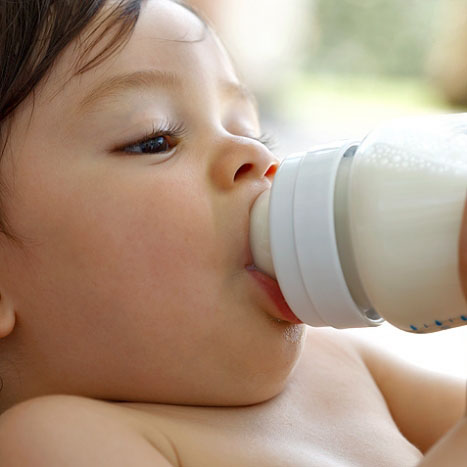 Older children can eat vegetables, fish, meat, eggs, fats, fruits, sugar. To date, there are special lactose-free products. A wide range of such products will allow you to organize a complete diet for the child, if the baby needs to introduce complementary foods. Therefore, it is worth stopping your choice on them.
Older children can eat vegetables, fish, meat, eggs, fats, fruits, sugar. To date, there are special lactose-free products. A wide range of such products will allow you to organize a complete diet for the child, if the baby needs to introduce complementary foods. Therefore, it is worth stopping your choice on them.
Older children with this pathology completely exclude milk (not only whole, but also condensed), as well as various confectionery products that contain milk fillers.
Small amounts of fermented milk products, especially yoghurts, whey-free cottage cheese, butter, hard cheeses (<1% lactose), can be consumed in small amounts in older children if they do not cause signs of lactase deficiency. However, in any case, the tolerance of the child's body to certain products is determined individually, as well as the duration of such a diet.
- When to see a doctor?, Symptoms and treatment Functional dyspepsia in children: symptoms and treatment
- When to see a doctor?, Symptoms and treatment Dysentery in children: symptoms and treatment
- When to see a doctor see a doctor?, Symptoms and treatment Gastritis in children: symptoms and treatment
- When to see a doctor?, Symptoms and treatment Early signs of appendicitis in children
- When to see a doctor?, Digestive problems, Symptoms and treatment Intestinal infection in children: symptoms, treatment, menu and diet
- When to see a doctor?, Symptoms and treatment Intestinal obstruction in children: symptoms and treatment
- When to see a doctor?, Symptoms and treatment Lactose intolerance in children: symptoms and treatment
- All when to see a doctor?
Lactase deficiency - articles from the specialists of the clinic "Mother and Child"
what it is
The main food of babies is milk (breast or formula).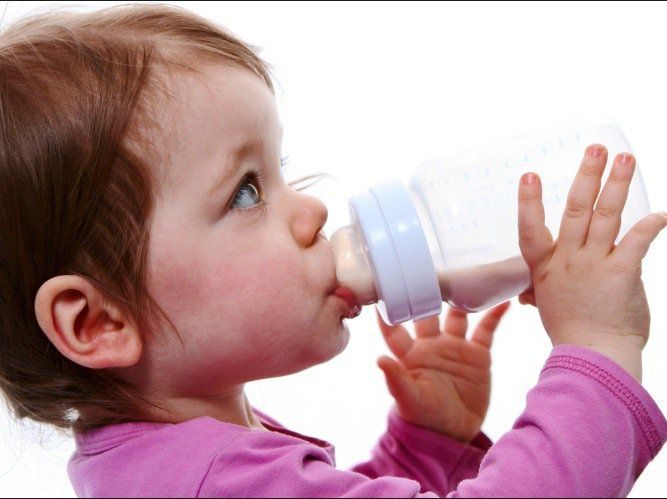 It contains many different nutrients (proteins, fats, carbohydrates), which, with the help of special digestive enzymes, are broken down into simple components and digested. But in young children, the gastrointestinal tract is still immature, there are few enzymes in it, others are not at all or they are not yet working at full capacity. When the baby grows up, there will be more enzymes, the digestive system will mature, but for now there may be various problems with it.
It contains many different nutrients (proteins, fats, carbohydrates), which, with the help of special digestive enzymes, are broken down into simple components and digested. But in young children, the gastrointestinal tract is still immature, there are few enzymes in it, others are not at all or they are not yet working at full capacity. When the baby grows up, there will be more enzymes, the digestive system will mature, but for now there may be various problems with it.
All milk (women's, cow's, goat's, artificial mixtures) and dairy products contain the carbohydrate lactose, also called "milk sugar". In order for lactose to be absorbed, the lactase enzyme must break it down, but if the child has little or no lactase enzyme, then lactose is not broken down and remains in the intestine. As a result, there is always a large amount of milk sugar in the intestines, which begins to ferment, and where there is fermentation, conditionally pathogenic flora actively reproduces. What we feel during fermentation: intestinal motility increases (it rumbles), plus gas formation increases (the stomach swells). But in an adult, this is usually a one-time situation due to some inaccuracies in nutrition, and it quickly passes. But in babies, everything is different, especially since they lack the enzyme not once, but constantly. What it looks like: The milk sugar lactose retains water, hence loose stools. In the child’s stomach, “rumbles and boils”, colic begins, the stool becomes frothy, greens, mucus and even blood may appear in it. If at first the stool was liquid, then constipation appears, and all this changes in a circle: yesterday there was diarrhea, today and tomorrow there is no stool at all, the day after tomorrow it is liquid again. And the most unpleasant thing is endless colic and endless crying, there is no rest for both the parents themselves and the baby. Mom at some point notices that the baby is crying just after feeding, and then a variety of advice falls upon her. “Your milk is bad, better give the mixture,” says the beloved mother-in-law. “Only breasts and nothing else!” - advise breastfeeding gurus.
But in an adult, this is usually a one-time situation due to some inaccuracies in nutrition, and it quickly passes. But in babies, everything is different, especially since they lack the enzyme not once, but constantly. What it looks like: The milk sugar lactose retains water, hence loose stools. In the child’s stomach, “rumbles and boils”, colic begins, the stool becomes frothy, greens, mucus and even blood may appear in it. If at first the stool was liquid, then constipation appears, and all this changes in a circle: yesterday there was diarrhea, today and tomorrow there is no stool at all, the day after tomorrow it is liquid again. And the most unpleasant thing is endless colic and endless crying, there is no rest for both the parents themselves and the baby. Mom at some point notices that the baby is crying just after feeding, and then a variety of advice falls upon her. “Your milk is bad, better give the mixture,” says the beloved mother-in-law. “Only breasts and nothing else!” - advise breastfeeding gurus.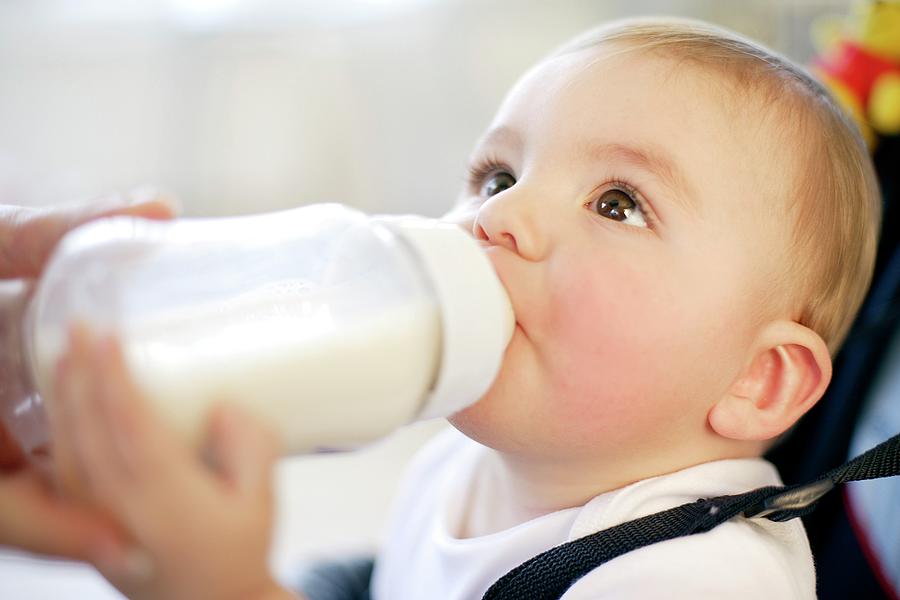 As a result, the mother tries one thing or the other, but neither breast milk nor artificial mixture gives relief to the child. Colic, crying and problems with the stomach and stool continue. The parents are in a panic because they don't understand what is going on. In fact, this is a typical picture of bright lactase deficiency (LN), or insufficient production of the lactase enzyme.
As a result, the mother tries one thing or the other, but neither breast milk nor artificial mixture gives relief to the child. Colic, crying and problems with the stomach and stool continue. The parents are in a panic because they don't understand what is going on. In fact, this is a typical picture of bright lactase deficiency (LN), or insufficient production of the lactase enzyme.
various reasons
There are several types of lactase deficiency, and it is with them that confusion arises.
Congenital lactase deficiency is a genetic and very rare disease (one case in several thousand newborns), it is difficult to confuse it with something, since it is very difficult. The diagnosis is made in the maternity hospital or in the first days after birth, the child does not have lactase at all, he quickly loses weight, he is immediately started to be fed intravenously or through a tube. Some experts (but not doctors) on breastfeeding read once that congenital lactase deficiency is an extremely rare disease, and that’s all - they further began to assure young mothers: “In fact, LN is extremely rare, you don’t have it, you don’t need to listen to doctors ", etc.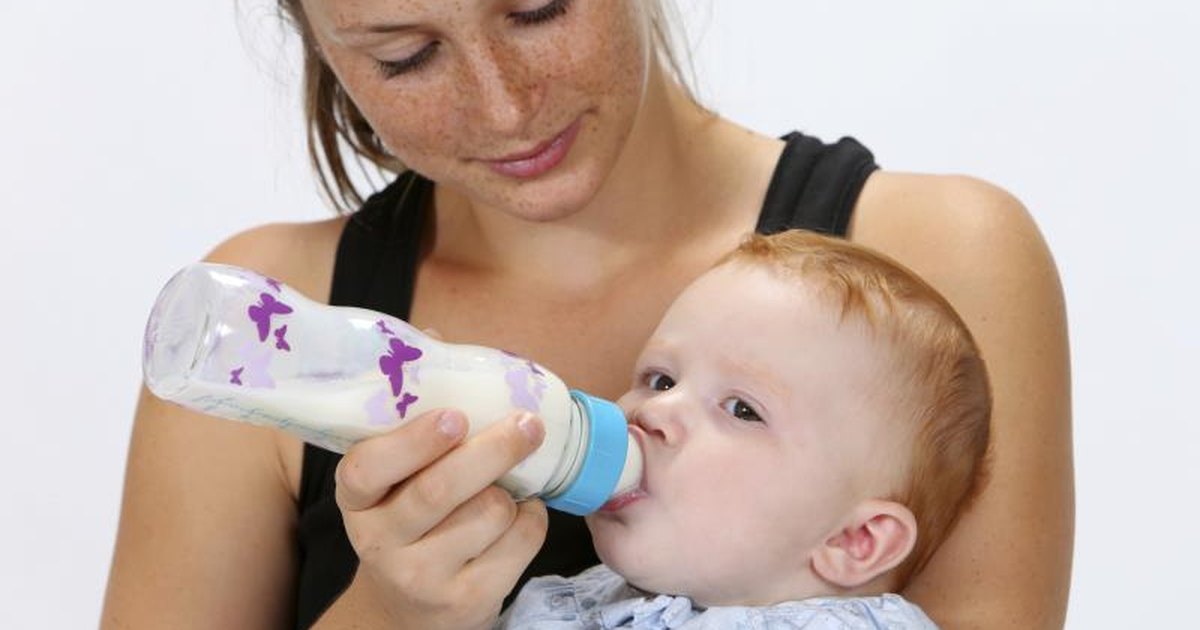 Yes, congenital LN is a rare disease, but the key word here is "congenital", and there are other types of lactase deficiency.
Yes, congenital LN is a rare disease, but the key word here is "congenital", and there are other types of lactase deficiency.
Transient lactase deficiency in infants . And this is exactly the condition that occurs very often. The baby was born, and so far he still has little lactase enzyme, plus little normal intestinal microflora. Hence the colic, and loose stools, and mucus, and greenery, and crying, and the nerves of the parents. After a while, the child's digestive system will fully mature, all enzymes will begin to work actively, the intestines will be populated with what is needed, and "lactase deficiency" will disappear. Therefore, such a LN is called "transient", that is, temporary, or passing. It passes for someone a month after birth, for someone longer - after six to seven months, and there are children in whom lactase deficiency completely disappears only by the year.
Secondary lactase deficiency. This condition appears if a person has had some kind of intestinal infection, and it does not matter if it is an adult or a baby.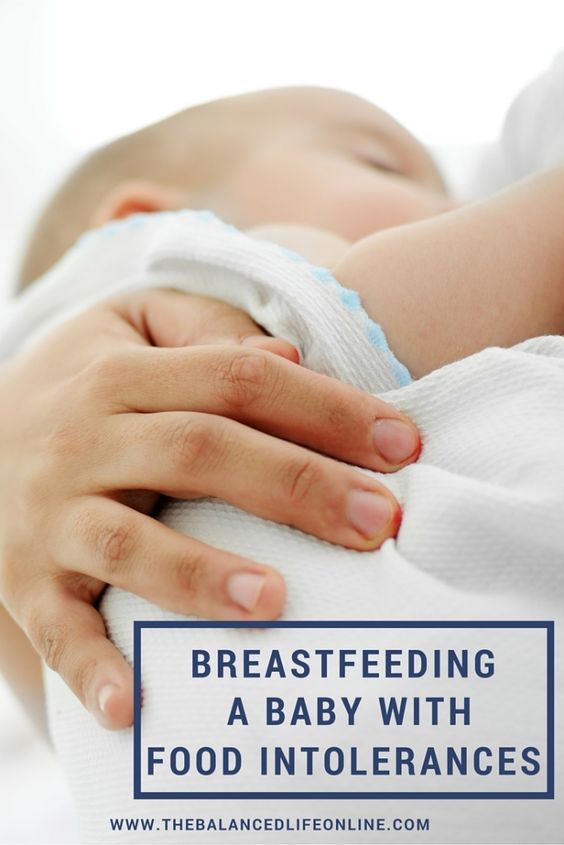 For some time after the illness, the child does not tolerate milk (any), and then with proper nutrition and sometimes even without treatment, everything quickly passes.
For some time after the illness, the child does not tolerate milk (any), and then with proper nutrition and sometimes even without treatment, everything quickly passes.
Lactase deficiency in adults. There are people in whom the lactase enzyme begins to be lacking only in adulthood, this happens for various reasons: for some, lactase ceases to be produced in the right amount after some kind of illness, for other people, the activity of this enzyme simply fades over time by itself. yourself. As a result, at some age, a person begins to tolerate milk and dairy products poorly, although before that everything was fine. The symptoms are the same as in babies: he drank milk and after that the stomach rumbles, boils, and the stool is liquid. Sooner or later, a person realizes that milk is not his product, and simply stops drinking it in its pure form.
what to do
If there is transient lactase deficiency, then what to do with it? First you need to understand if it exists at all. Why does the child have problems with the stomach, stool, why does he cry all the time? Is it neurology, common colic, errors in the mother's diet, an inappropriate mixture (if the baby is bottle-fed), improper breastfeeding technique, lactase deficiency, or a reaction to the weather? It can be difficult to figure it out right away, but if the tests show that there is lactase deficiency, then it is most likely in it. Now what to do next - treat it, wait for the enzymes to mature, or something else? Firstly, everything here will depend on how much the enzyme is lacking and, therefore, on how much LN worries the child and parents. Some children lack the enzyme quite a bit, so their colic is mild and children cry quite normally. Plus, the violation of the stool is also not very bright: there are a couple of times a slightly liquefied stool, but that's all. In other children, the lack of lactase is more pronounced, the child does not cry, but simply yells after each feeding, if at first he gained weight well, then after two months the increase is minimal, problems with stools begin in parallel (day - constipation, day - diarrhea), stool sometimes green, sometimes with mucus.
Why does the child have problems with the stomach, stool, why does he cry all the time? Is it neurology, common colic, errors in the mother's diet, an inappropriate mixture (if the baby is bottle-fed), improper breastfeeding technique, lactase deficiency, or a reaction to the weather? It can be difficult to figure it out right away, but if the tests show that there is lactase deficiency, then it is most likely in it. Now what to do next - treat it, wait for the enzymes to mature, or something else? Firstly, everything here will depend on how much the enzyme is lacking and, therefore, on how much LN worries the child and parents. Some children lack the enzyme quite a bit, so their colic is mild and children cry quite normally. Plus, the violation of the stool is also not very bright: there are a couple of times a slightly liquefied stool, but that's all. In other children, the lack of lactase is more pronounced, the child does not cry, but simply yells after each feeding, if at first he gained weight well, then after two months the increase is minimal, problems with stools begin in parallel (day - constipation, day - diarrhea), stool sometimes green, sometimes with mucus. Atopic dermatitis appears on the skin (the skin is the first to react to problems with the gastrointestinal tract). Parents have no rest day or night: the baby cries - he is fed - he cries again, they try to calm him down in other ways. But nothing helps. Mom and dad are in a panic, and no one has the strength anymore.
Atopic dermatitis appears on the skin (the skin is the first to react to problems with the gastrointestinal tract). Parents have no rest day or night: the baby cries - he is fed - he cries again, they try to calm him down in other ways. But nothing helps. Mom and dad are in a panic, and no one has the strength anymore.
If parents see that the child may have signs of lactase deficiency, that he needs help, first of all, you need to look for a good doctor. Only an experienced pediatrician will be able to figure out why the baby has colic or green stools, what the numbers in the tests say, and what is the norm for one baby and the pathology for another. And of course, it is not necessary to cancel breastfeeding and immediately prescribe lactose-free or low-lactose artificial mixtures (even as a supplement). By itself, milk sugar lactose is very necessary for a child, when lactose is broken down, its components (glucose and galactose) go to the development of the brain, retina, for the life of normal intestinal microflora. So do not completely eliminate this sugar, you need to help it break down. With a strongly pronounced LN, the missing enzyme is given before each feeding (it has long been learned to produce and it is sold in pharmacies), with a dim clinic, its dose can be reduced. And it is also possible that there is lactase deficiency (even according to tests), but it does not need to be treated, there are almost no symptoms.
So do not completely eliminate this sugar, you need to help it break down. With a strongly pronounced LN, the missing enzyme is given before each feeding (it has long been learned to produce and it is sold in pharmacies), with a dim clinic, its dose can be reduced. And it is also possible that there is lactase deficiency (even according to tests), but it does not need to be treated, there are almost no symptoms.
But what cannot be done is to listen to non-specialists who deny either lactase deficiency itself or its treatment. They see the cause of all problems with the child's stomach and stool either in the wrong technique of breastfeeding, or partially admit that there is immaturity of the enzyme, but this is natural and will pass by itself. Yes, for some, LN is expressed easily and will pass quickly, but what about those parents whose child yells day and night, covered with a crust from atopic dermatitis and stopped gaining weight? Wait for the time to come and the enzymes to mature? Alas, with pronounced lactase deficiency (even if transient), enterocytes (intestinal cells) often suffer, so it is simply necessary to help such a child.
If you see that your baby has signs of lactase deficiency, look for a doctor who is committed to maintaining breastfeeding and has extensive experience. He will definitely help to find out why the baby is crying, why he has a stomach ache or has problems with stool. And then the life of the parents and the child will return to normal.
"Transient" (temporary) lactase deficiency in someone passes a month after birth, in someone longer - after six to seven months, and there are children in whom lactase deficiency completely disappears only by the age of one
If the tests show that there is a lactase deficiency, then the matter is most likely in it.
Milk sugar lactose is very necessary for a child: when lactose is broken down, its components (glucose and galactose) go to the development of the brain, retina, for the life of normal intestinal microflora
Parent Guide
1. In infants, transient (temporary) lactase deficiency is most common.



